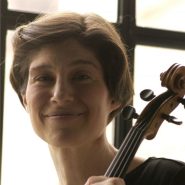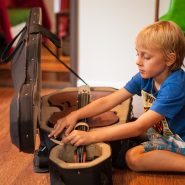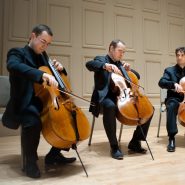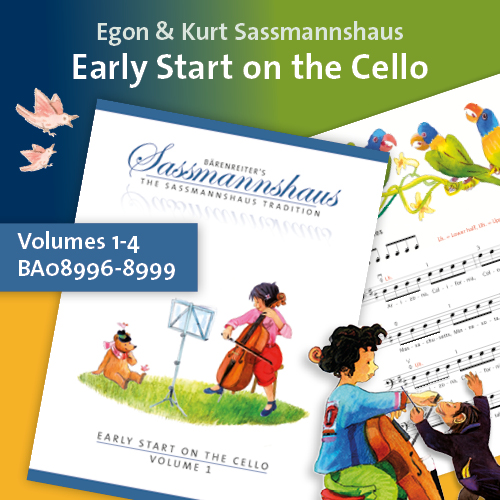Tag: structure
By Kim Kashkashian September 18, 2020
Subjects Artistic Vision
By Martha Baldwin March 3, 2014
Subjects Practicing
By Blaise Dejardin February 2, 2013
Subjects Artists
Tags arrangements, backstage, Blaise, Boston, Boston Cello Quartet, Boston Symphony Orchestra, Boston Youth Symphony Orchestra, BSO, cello, cellobello, change of concept, classical music, comedy, compositions, concert, Dejardin, fun classical music, generations, jazz, making a living, musical comedy, musical styles, new arrangements, orchestra playing, orchestral musicians, Ozawa Hall, quartets, repertoire, rotating chairs, skype, strange concepts, structure, success, Tanglewood, Tanglewood Cello Ensemble, Tanglewood on Parade, Tanglewood Shed, tango, virtuosic music, virtuoso
By Yeesun Kim October 7, 2011
Subjects Chamber Music, Repertoire
Tags ability, articulations, cello, cellobello, challenges, character, composers, confidence, creativity, dynamics, familiar, Kim, music, rehearsals, Rhythm, soundscapes, structure, unique, virtuosity, Yeesun
By Lev Mamuya September 6, 2011
Subjects Pre-College





